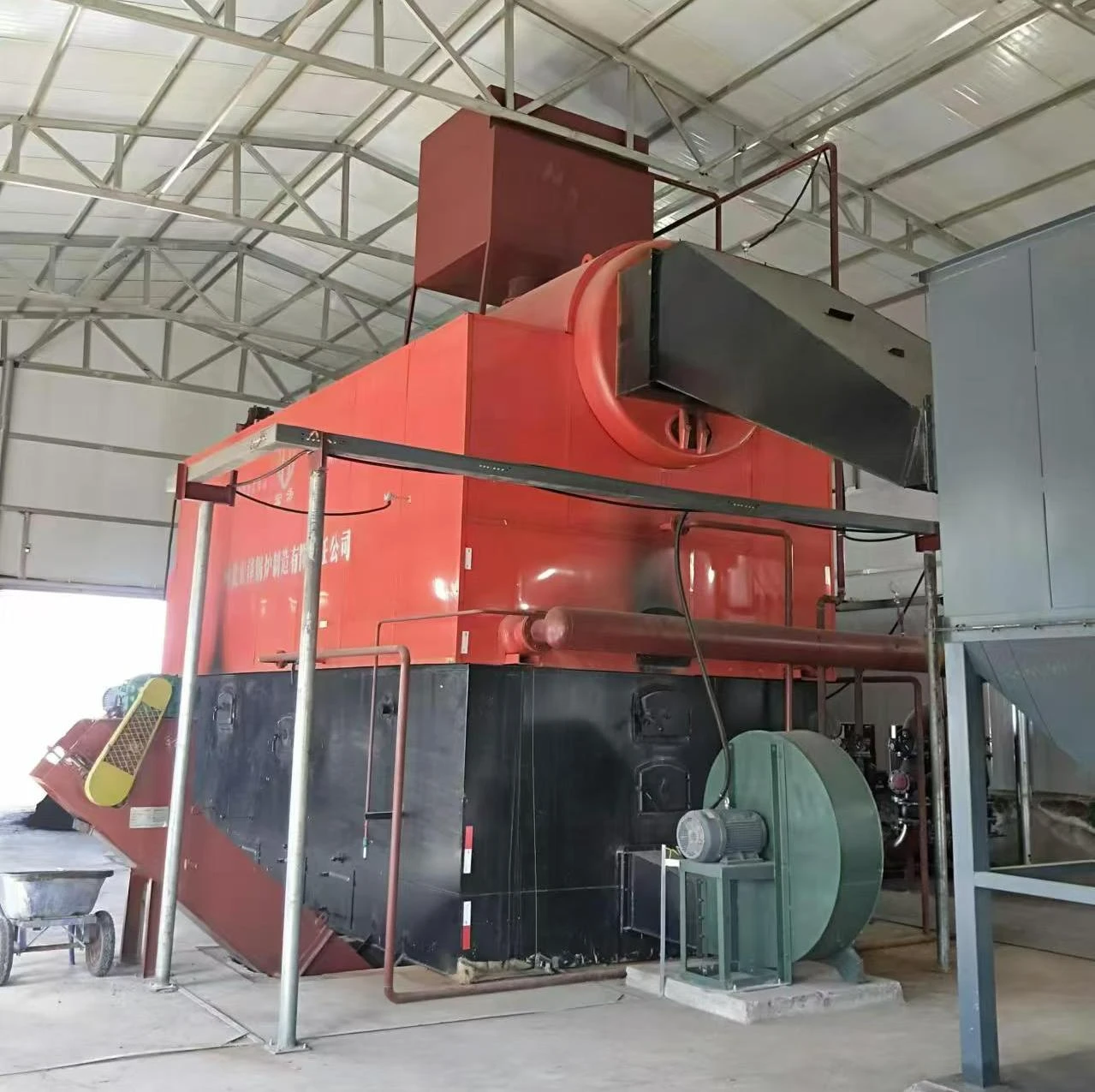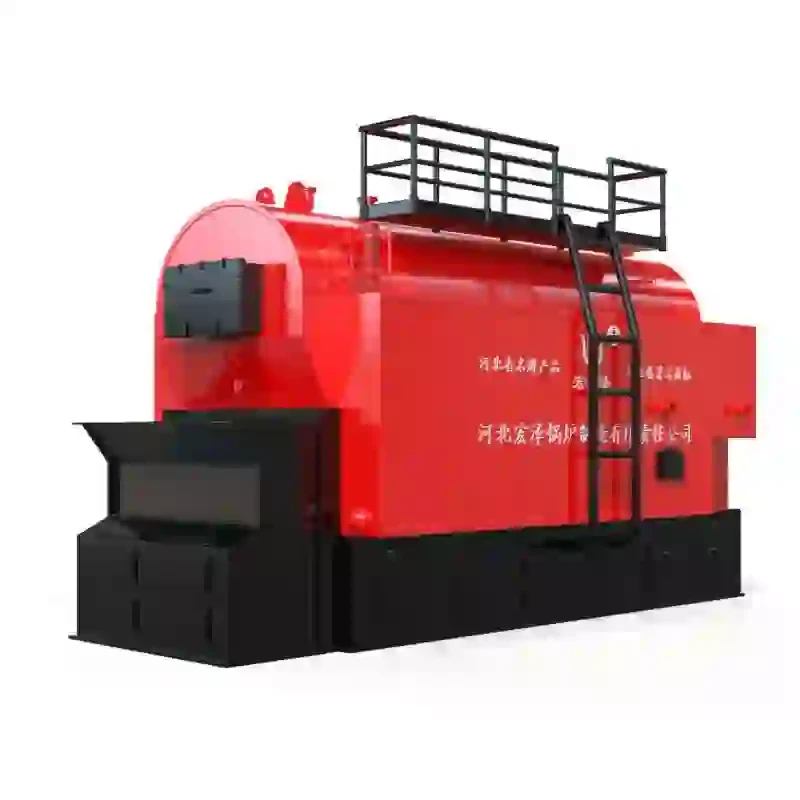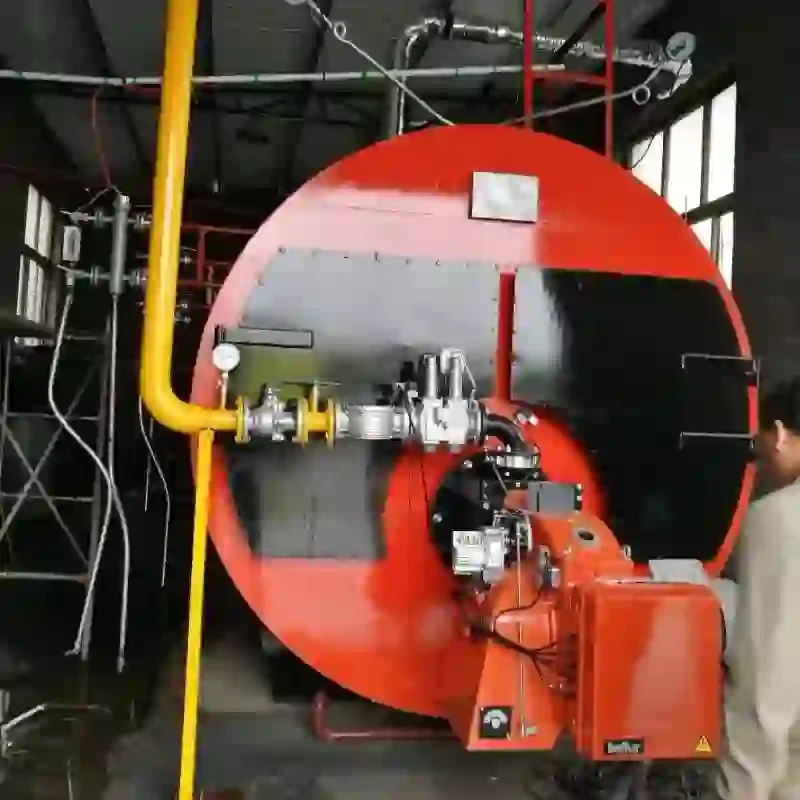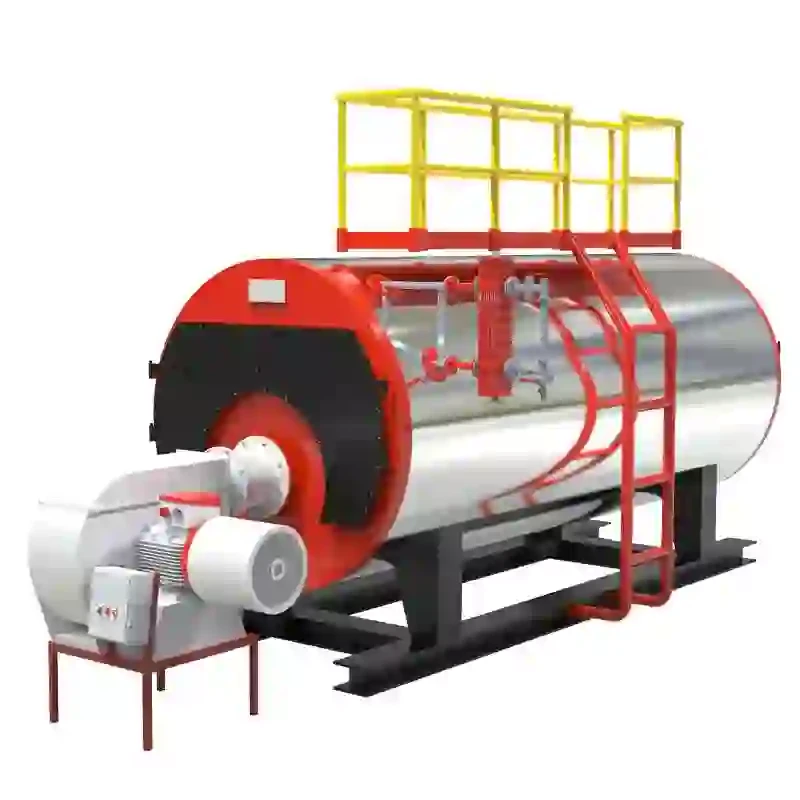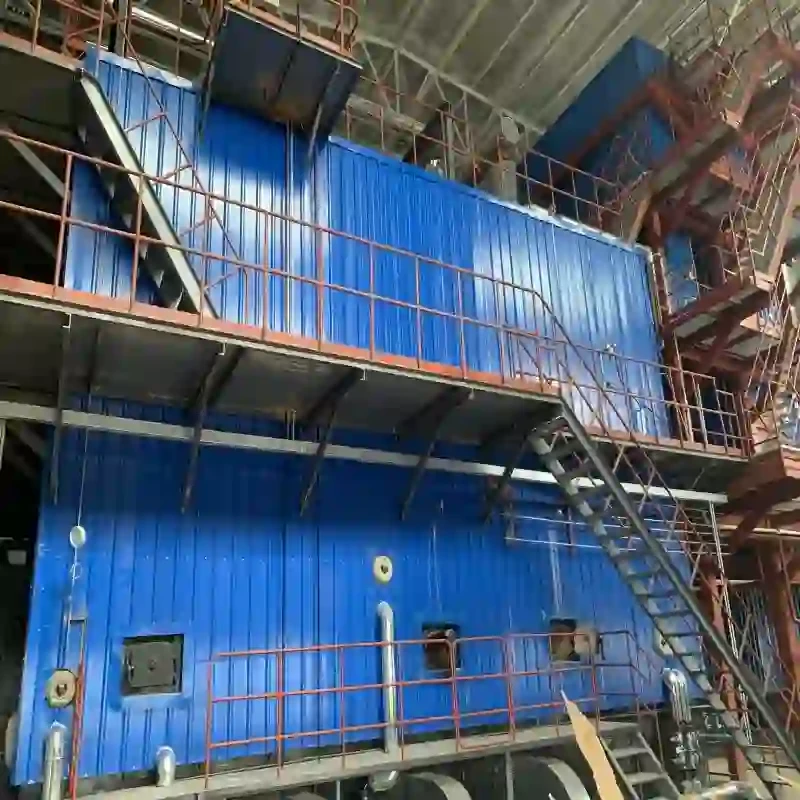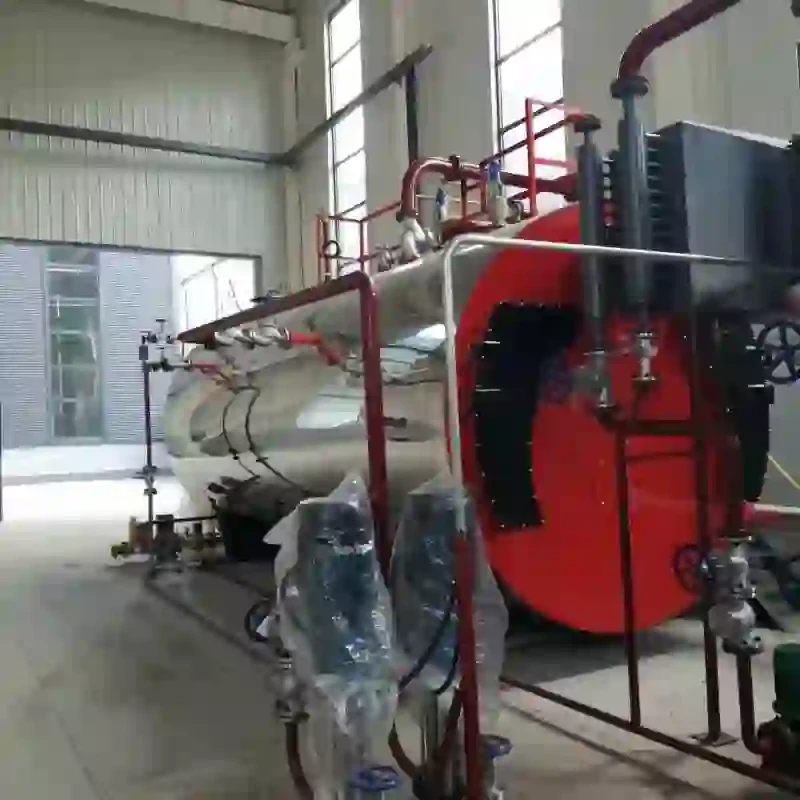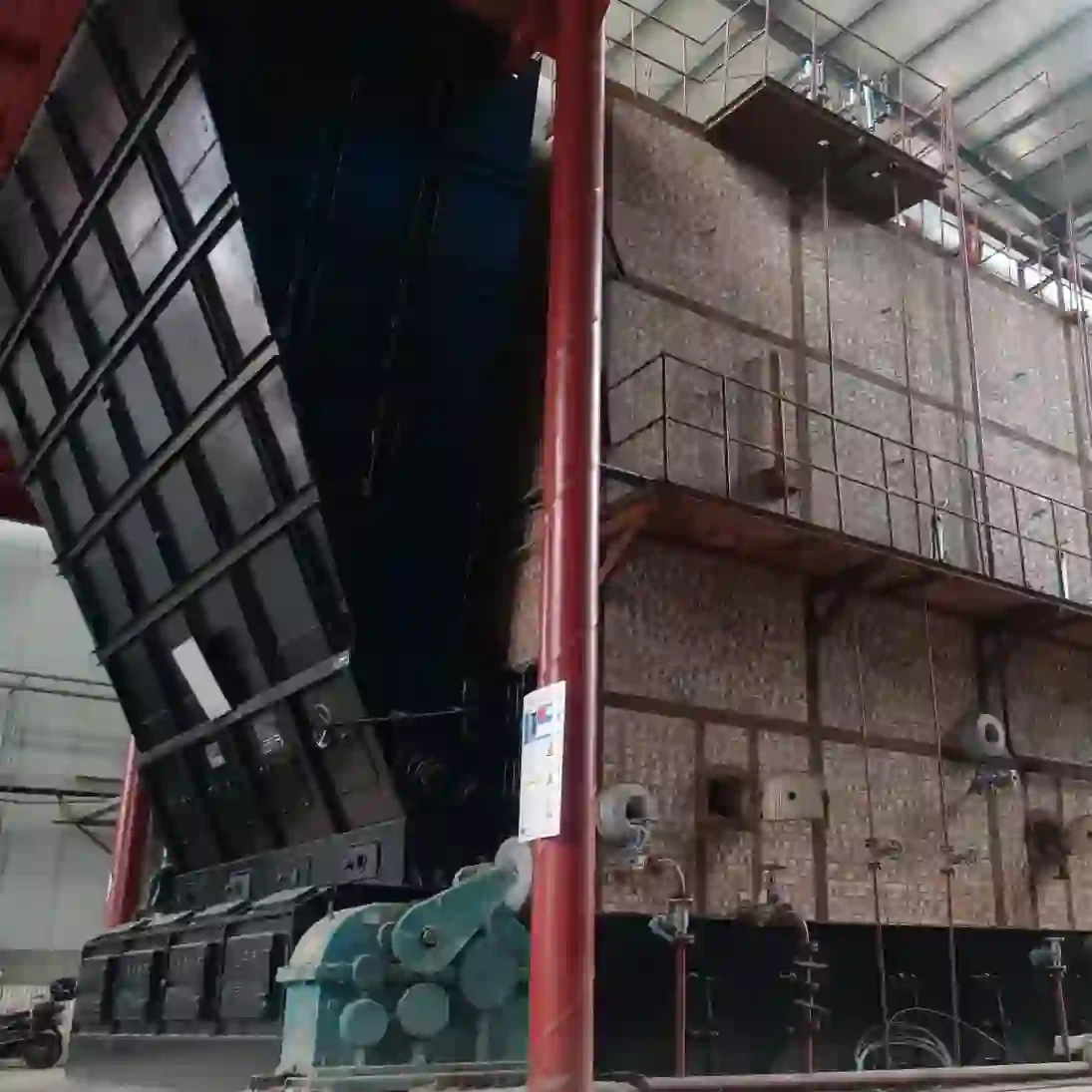
Sep . 30, 2025 13:25 Back to list
Biomass Fired Hot Water Boiler—Efficient, Low-Emission Heat?
Biomass Heat, Minus the Hype: Field Notes on Modern Hot Water Boilers
If you’ve been shopping for an biomass fired hot water boiler, you’ve probably noticed the spec sheets look similar while the outcomes in the field can be miles apart. I’ve walked a few plant rooms over the years—dusty feed rooms, quiet heat networks at 2 a.m.—and the gap often comes down to combustion control, fuel prep, and how honest vendors are about real-world efficiency.

What’s inside and why it matters
Under the cladding you’ll typically find a water-cooled furnace, membrane walls, and a multi-pass flue gas path with an economizer. Materials are not glamorous but critical: pressure parts in Q245R/Q345R or SA-516-grade plate, stainless options at the condensing tail end, fully automatic welding, and non-destructive tests (UT/RT) per ASME BPVC or EN 12952. Some manuals still mention coal combustion—legacy phrasing—but modern systems are purpose-built for pellets, briquettes, chips, rice husk, even sawdust, with proper de-ashing. In fact, co-firing flexibility is a useful hedge against seasonal fuel supply quirks.
At-a-glance specs (real-world may vary)
| Parameter | Range / Value | Notes |
|---|---|---|
| Rated Thermal Power | 0.7–140 MW | District heat to utility scale |
| Working Pressure | 0.7–2.5 MPa | Closed-loop hot water systems |
| Fuels | Pellets, briquettes, chips, rice husk, corn cob, sawdust | Moisture ≤ 30% preferred |
| Thermal Efficiency | ≈ 85–92% | Fuel quality and O2 trim dependent |
| Emission Aids | Cyclone + bag filter; optional SCR/SNCR | Dust ≤ 30–50 mg/Nm³ possible |
Process flow, testing, and lifespan
Fuel reception → screening → storage silo → metered feeding (screw/air) → staged combustion with grate or fluidized bed → multi-pass heat exchange → economizer → ash extraction → water chemistry control (per GB/T 1576). Hydrostatic test at 1.25× design pressure, weld NDT, efficiency verified to EN 303-5 or equivalent. With clean feed and proper water treatment, service life ~15–20 years. Many customers say they see stable ΔT after the first season once operators dial in excess air and fuel size.

Where it works best
- District and campus heating loops (low return temps are your friend)
- Greenhouses and aquaculture (steady base-load)
- Hotels, hospitals, textile dyeing, and food processing hot water
Real-world test data we’ve seen: NOx ≈ 150–220 mg/Nm³ with staged air, CO
Vendor snapshot (quick compare)
| Vendor | Efficiency (typ.) | Controls | Service | Customization |
|---|---|---|---|---|
| HZ Steam Boiler (Raoyang, Hengshui) | ≈ 88–92% | PLC + O2 trim, VFD fans | China + export partners | High (grate types, fuels) |
| Vendor B | ≈ 85–90% | Basic PLC | Regional | Medium |
| Vendor C | ≈ 86–91% | Advanced, cloud SCADA | Global | High |
Customization and certifications
Options include moving/reciprocating grate or bubbling fluidized bed, multi-fuel hoppers, condensing economizers, redundancy pumps, and thermal storage. Certifications available on request: ISO 9001, CE marking, and design to ASME BPVC Section IV or EN 303-5. Factory address: No.2 Suheng North Street, Raoyang County, Hengshui City.
Mini case notes
- Hebei district heat: 29 MW biomass fired hot water boiler replacing two gas units; seasonal efficiency 89% after O2 trim tuning.
- Greenhouse cluster: 2.8 MW biomass fired hot water boiler on pellets; growers reported steadier nighttime temps and 14–18% fuel cost cut.
Why buyers choose it: lower fuel volatility, credible decarbonization, and—surprisingly—quieter plant rooms once the draft fans are balanced. The main watchouts are fuel logistics and ash handling. Get those right and a biomass fired hot water boiler just hums along.
Authoritative references
- IEA Bioenergy: Technology Roadmap for Bioenergy Heat and Power [1].
- ASME BPVC Section IV: Rules for Construction of Heating Boilers [2].
- EN 303-5: Heating boilers – Part 5: Boilers for solid fuels, with manual and automatic stoking [3].
- EN 12952: Water-tube boilers and auxiliary installations [4].
- GB/T 1576: Water quality for industrial boilers [5].
- EU MCPD (2015/2193) and BAT for Large Combustion Plants – emission guidance [6].
-
Comprehensive Guide to Steam Boiler Installation Diagram – Global Best Practices and Future Trends
NewsNov.24,2025
-
A Practical Guide to the Selection of Steam Boiler for Industrial Efficiency
NewsNov.23,2025
-
Comprehensive Guide to Steam Boiler PDF Manuals and Their Global Impact
NewsNov.22,2025
-
Discover How Steam Boiler Videos Improve Industrial Training & Safety
NewsNov.22,2025
-
Comprehensive Guide to Wood Fired Steam Boiler Design – Efficiency, Applications, and Innovations
NewsNov.21,2025
-
Comprehensive Guide to Steam Boiler Working – Efficiency & Applications
NewsNov.20,2025
Related PRODUCTS






